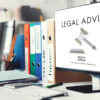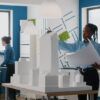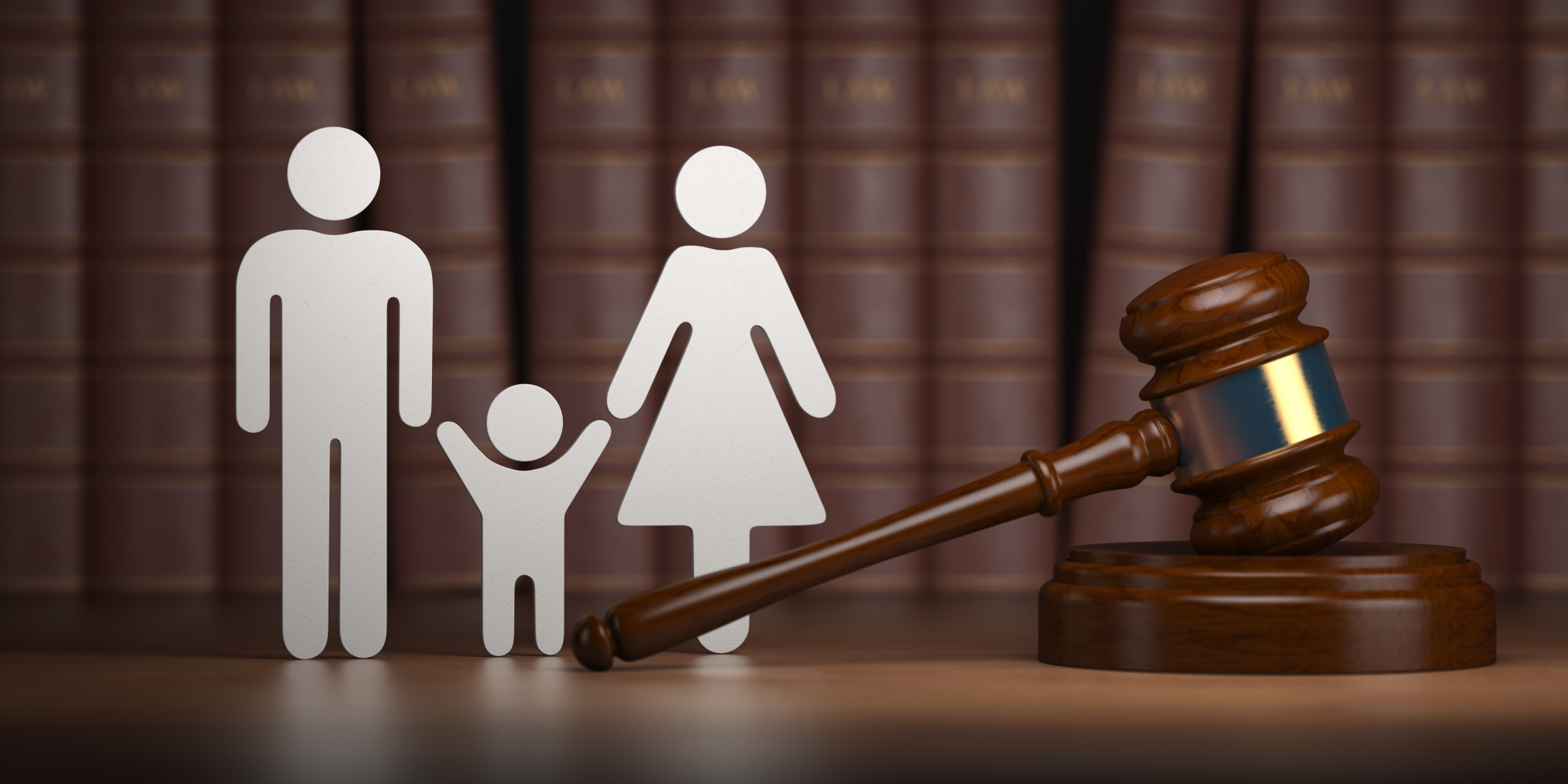Accidents that involve slips and falls can be extremely harmful, leading to severe injuries, expensive medical bills, and loss of wages. You might be eligible for reimbursement to cover your damages after you were hurt in a slipandfall accident that was caused by someone else’s carelessness. But you must collect proof to back up your claim if you want to make a compelling argument. A study shows that slips, trips, and falls result in about 15% of accidental deaths.
Poor flooring and a lack of floor maintenance are the main causes of slip and fall accidents. Businesses must provide a safe, open walking area for customers and clients. You should contact trustworthy lawyers if you are hurt due to someone else’s carelessness so they can represent you, answer your inquiries, and look out for your interests. The six pieces of evidence required for a good slip and fall accident claim are as follows.
● Charge Report
An incident report is a crucial documentation that you need following a slip and fall event. An incident report is a written statement of the events leading up to your accident, consisting of the time, date, place, and names of any witnesses. The property manager or owner frequently writes this report. However, if one wasn’t written at the time of the event, you can write your own.
● Videos and Pictures
Videos and photos can be useful evidence in proving the circumstances surrounding your slip and fall event. Take pictures or videos of the accident area, capturing any dangers like wet floors, crumbling staircases, or uneven ground. If possible, capture images or videos of your wounds.
● Witness Statements
Witness accounts might shed light on the circumstances surrounding your slipandfall event.Ask anyone who saw the accident for their contact details and a statement outlining what they saw. The testimony of witnesses can support your account of the events and aid in making your case.
● Security Camera Footage
Security cameras are widely used these days. They are moving around the clock in every conceivable direction. Their main objective is to protect the company’s security. However, they can be useful resources for your lawyers and accident examiners in the event of a slip and fall.
These cameras only have one drawback: the defendant owns them. The company or entity won’t give the footage to you and might even change it to suit their purposes. Your lawyer will know how to obtain and use such video evidence to support your claim. And when the defendant knows that lawyers are representing you, they will be less inclined to try something dubious.
● Medical Records
Medical records are important evidence in slip and fall accident claims because they document the injuries you sustained due to the accident. Obtain copies of all medical records from your slip and fall accident, including doctor’s notes, test results, and treatment plans.
● Expert Testimony
Expert testimony can be critical when establishing liability in slip and fall injury lawsuits. For example, engineers or security inspectors can testify whether the property management or owner neglected to keep the area safe and if this neglect contributed to your injuries.
● Financial Records
Financial documents might also show the losses you incurred due to your slip and fall incident. It covers all costs associated with your injury, including lost wages, medical bills, and additional expenses. Keep thorough records of every penny you spend, and make copies of all invoices and receipts.
Conclusion
The most information you can provide to validate your claim should be gathered if you have been hurt in a slipandfall event. An incident report, pictures, videos, witness accounts, medical information, expert testimony, and financial data are examples of this evidence. You may establish a solid case and improve your chances of winning compensation by accumulating these six sorts of evidence.










